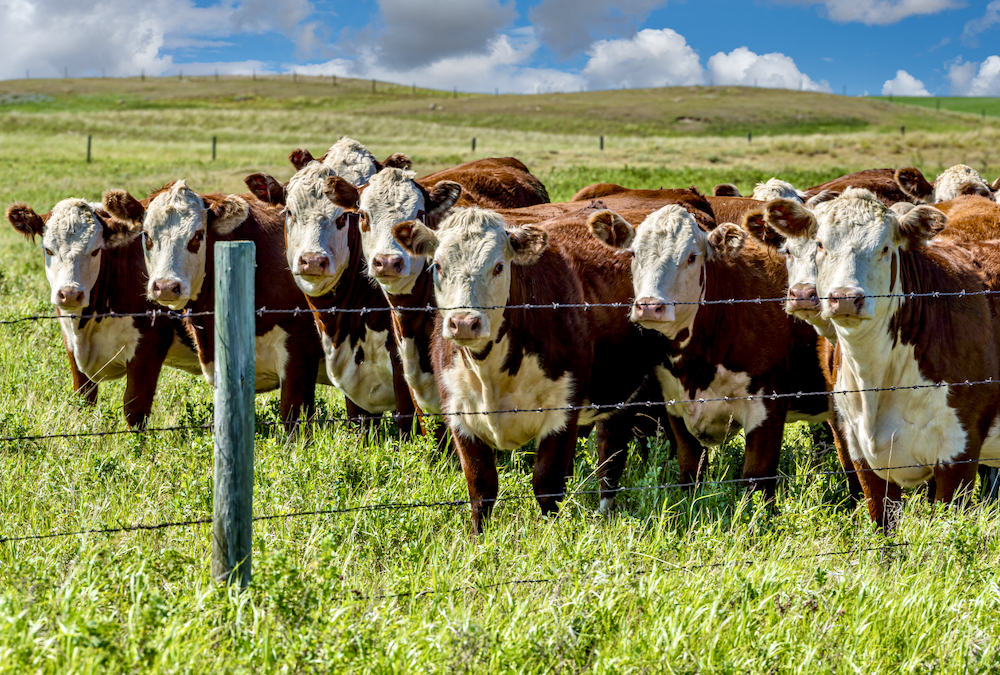How livestock industry can implement better disease surveillance

The more you learn about viral and bacterial threats to livestock, the more you wonder how we can effectively protect the sector.
Read Also


Ride & Drives: evaluate equipment from the driver’s seat
There’s nothing like trying out a piece of equipment before you buy. That’s why Ride & Drives have become a…
When preparing for a recent presentation, I looked up pandemics that have happened since 1960. I was shocked to discover there have been eight pandemics in my lifetime. It seems to be true that you only really pay attention to that which affects you.
Three big disease events have affected me. The first was Foot and Mouth Disease in the U.K. in 2000 when I was working with Beef Farmers of Ontario. I feared that one day, the Canadian Food Inspection Agency would call saying it had found FMD in Ontario and needed to know the locations of all beef cattle in Ontario so it could stamp it out.
The simple answer at the time was “I don’t know. In fact, no one knows.”
That was not a good answer, but efforts to change it voluntarily with cattle buyers and through the Beef Cattle Marketing Act were met with disinterest at best. Fortunately, we have not yet found FMD.
The second disease event affecting me was Bovine Spongiform Encephalopathy in 2003. In this case, it was very real for Canadian farmers. The main impact of BSE was on the market as we were then, and continue to be, exporting over 50 per cent of our production. When borders to trade slam shut, it is a big problem.
It was a terrible time for everyone in the beef industry, as well as other sectors such as sheep and dairy. There was huge effort by farmers, producer groups and government to get the industry through that terrible time.
Sadly, not all livestock businesses made it through and those that did faced a long recovery period.
The most recent disease affecting me was different because, in that case, I was one of the animals. COVID-19 has affected every person and every country. Millions have died and there have been far-reaching additional impacts.
Early in the pandemic, I recall an expert being asked “how will we know when it is over?”
His reply, “it will be over when we say it is,” seemed bizarre and yet that is exactly how it played out. COVID-19 is still with us, and I wonder if it will ever really be over.
Maybe we need to view big disease events as waves rather than singular events. So, if we know the next wave is coming, how prepared are we?
I asked several people who work closely with disease preparedness in industry, academia and government to answer that question using a scale of one (not prepared) to 10 (very prepared). Their average score was five with comments that it depends on which sector is affected, and which disease is affecting it.
No matter how you cut it, five is not good enough.
The experts highlighted recent positive developments in our disease readiness including:
- Creation of Animal Health Canada, which brings a more singular focus to animal health across sectors and geography;
- Huge industry and government effort into preventing and, if needed, dealing with African Swine Fever, which is a huge threat to our export-dependent swine sector;
- Commitment to developing a national FMD vaccine bank;
- Learnings from dealing with avian influenza, now including multiple sectors as it has spread to dairy cattle in the U.S.;
- Development of antiviral treatments. Some of the work in this area is led by Dr. Sam Workenhe at the University of Guelph, who is a recipient of Livestock Research Innovation Corporation’s Early Career Research Award.
However, we need far better surveillance to know as early as possible when a disease outbreak is imminent or happening, better biosecurity on all farms across all sectors, and better information sharing across organizations and agencies.
That’s a lot to accomplish but I suggest five more critical elements for success. We need to:
- Think like the enemy. Viruses and bacteria do not recognize borders or often species. Planning and command centres should be cross-sector and, where warranted, disease-specific.
- Engineer better farms with a focus on infectious agent detection, containment and elimination. LRIC’s Engineering a Better Farm initiative has us working with several universities to generate interest in an industry-generated list of on-farm challenges and opportunities that could have an engineering solution.
- Increase research funding. We now have terrific new livestock research facilities in Ontario, but all parties need to ante up more funding to derive maximum value from these facilities over the next 30 years.
- Develop a new process of Getting Research into Practice (GRIP). Effective GRIP engages all parties including researchers, industry organizations, service providers and more in a coordinated approach using all media and reaching all interested farmers. Industry needs to lead the development of this new process.
- Enable “piranha bulls.” This is a term from Brazil used to describe someone who says what needs to be said, often to their own detriment. The origin comes from moving cattle safely across a piranha-infested river by sacrificing an old bull for the good of the herd.
We should never pretend that things are better than they are, and we need to always seek improvement.
Ontario’s livestock sector is a key pillar of the province’s economy, environment and food security. We need to make every effort to ensure its protection and growth.
We may never be truly ready for the next wave of livestock disease, but working together to do our best to improve where we are now is key to securing a bright future.
Source: Farmtario.com

